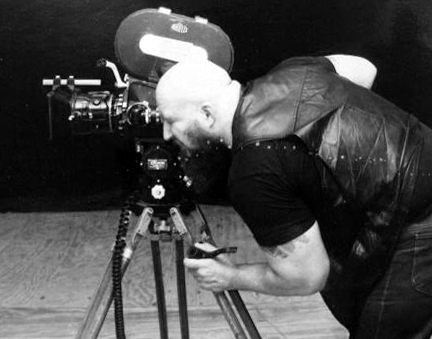I was recently presented with the challenge of developing a commercial for a student tutoring center in my University.
 I have heard some other ideas that have been batted around, things like extreme lighting or sweeping camera shots, but I just don't think they would be right for this project. We are beginners and we need to start at the basics. Sometimes doing something simple, if done well, if far more effective than doing something more extreme, but not being able to fully realize it.
I have heard some other ideas that have been batted around, things like extreme lighting or sweeping camera shots, but I just don't think they would be right for this project. We are beginners and we need to start at the basics. Sometimes doing something simple, if done well, if far more effective than doing something more extreme, but not being able to fully realize it.WEBSITE COMMERCIAL FOR TUTORING CENTER—DRAFT 1
2-16-12
tc williams
Notes: Each line will be spoken by a different “face,” except for the lines marked “TITLE CARD.” Those lines will be typed and that will take up the entire screen and will make it seem like there is someone “in the computer” talking to the faces on the screen. The conversation begins…
Hello.
Hello!
(MAYBE ADD ANOTHER VOICE HERE SO IT SEEMS LIKE THERE IS MORE THAN JUST TWO PEOPLE AT THE BEGINING)
TITLE CARD: Hello.
Do you struggle with writing?
TITLE CARD: Um, yes.
Well, you’re not alone. The great news is that there is this fantastic FREE
Free
Free resource
Free resource on campus called the Academic Support Center
The Academic Support Center
that is here to help.
TITLE CARD: Who?
You, silly! Here to help you!
TITLE CARD: Oh, how?
Well, I’m glad you asked! The Academic Support Center employs student writing tutors that are highly trained and specialized in their field.
( SEPERATE INTO TWO PEOPLE)
They can meet with you one-on-one during any stage of the writing process
Your writing process
To help you brainstorm,
fine-tune a thesis,
work on grammar,
(a different person makes a face and sticks out their tongue)
narrow a topic, …(will add more)
TITLE CARD: Why?
Tutoring can make a big difference in your essay grade,
not only on the essay you bring in,
but on future essays.
It helps you become a better writer.
A better writer
A better writer
And, it’s fun!
TITLE CARD: Where?
The Tutoring Center is conveniently located on the lower level
the lower level
the first floor (KEEP THIS THE SAME, COULD BE CONFUSING)
On the lower level of the Scarborough Library.
the Scarborough Library
TITLE CARD: When?
The Tutoring Center is open from 8 am to 6 pm
Monday through Friday
for face-to-face
one-on-one tutoring.
TITLE CARD: How?
To sign up, go to the Academic Support Center’s website
and click on “Sign up for a tutor.”
Then, use our scheduling software to choose a date and time that fits your schedule.
TITLE CARD: Then what?
Just show up with your essay materials and meet your tutor!
It’s that simple.
You’ll be surprised
(a face with a very surprised look) WOW!
how much you can accomplish one-on-one
in just a 30- or 60- minute session.
It’s important to note that writing is all about revision,
so if you don’t try it,
you may never know what a good writer
what a good writer you can be!
Remember, it’s free and it’s fun!
(many voices; Many faces?): We’ll be waiting!
Then, I come up with a shooting game plan-
- Have each student read their script in front of a camera.
- The shot should be a very tight close up in order to make consistent shots with each students easier to achieve.
- Be mindful and alert the students of what they should wear that day (something bright and not green!)
- Have each student recite the line before and after the line we want to use to make for smoother transitions.






